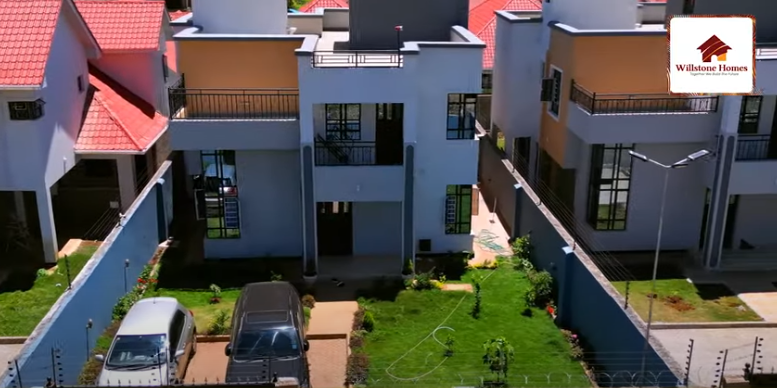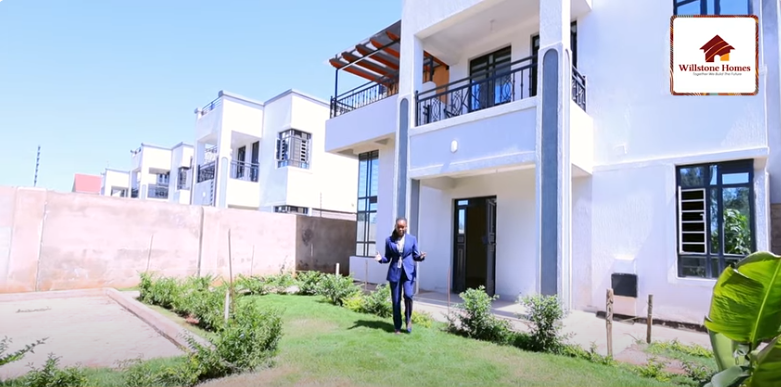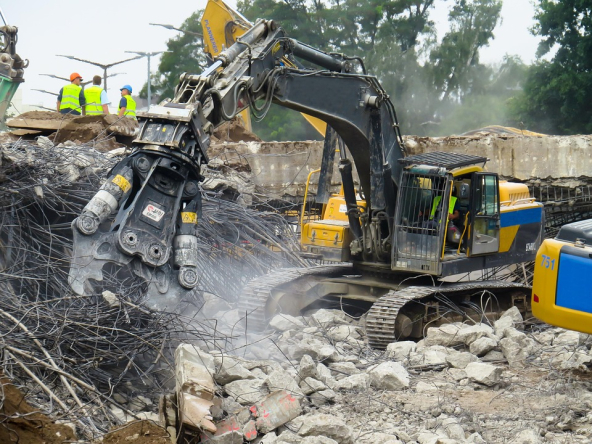For years, Nairobi’s real estate story has been dominated by apartments and gated communities. But a new trend is quietly reshaping the city’s landscape: mixed-use estates in Nairobi.
These aren’t just residential projects. They combine homes, offices, retail centers, schools, and recreational spaces — creating self-sustaining “mini-cities” within the larger city. From Two Rivers to Tatu City, they’re redefining how Nairobians live, work, and invest.
1. What Makes Mixed-Use Estates Different?
Unlike traditional estates, mixed-use projects bundle together:
- Residential housing (apartments, townhouses, gated homes).
- Commercial spaces (shops, offices, supermarkets, co-working).
- Lifestyle amenities (gyms, schools, hospitals, entertainment).
This integration reduces daily commutes, offers higher convenience, and boosts property values by clustering essential services within walking distance.
Read Also: Real Estate in Kenya 2026: What Buyers, Sellers, and Developers Must Prepare For
2. Why Nairobi Needs Mixed-Use Estates

Nairobi’s population is growing at over 4% per year (KNBS). Roads and transport can’t keep up, which means traffic is only getting worse.
Mixed-use estates offer a solution: instead of commuting from Juja to Westlands daily, residents can live, work, and shop in one place.
3. Investment Case: Higher Yields, Lower Risk
For investors, mixed-use estates in Nairobi are particularly attractive because:
- They generate multiple revenue streams (residential rent, office rent, retail leasing).
- Tenants stay longer since the lifestyle offering is “sticky.”
- Retail and office demand remains strong in well-planned estates like Tatu City.
Data point: Retail rents in Nairobi’s top mixed-use developments average KES 140–200 per sq. ft., above standard retail spaces.
4. Case Study: Tatu City vs. Traditional Estates
- Tatu City: Offers homes, schools, business parks, and shopping in a single master-planned estate. Investors gain from both residential demand and corporate leasing.
- Traditional Gated Estate: Offers security and community, but residents must commute for work, school, and shopping.
The comparison shows why mixed-use estates are increasingly seen as future-proof investments.
5. The Diaspora Factor
Kenya’s diaspora sends home over KES 600 billion annually (CBK, 2023), and much of it lands in real estate. For them, mixed-use estates are attractive because they promise:
- Secure ownership.
- Easier rental management (commercial tenants + residential tenants in one estate).
- Long-term capital appreciation.
Read Also: The Diaspora Effect: How Remittances Fuel Real Estate Development in Nairobi
6. The Future: Willstone Homes and Hybrid Models

While Willstone Homes is known for gated communities, the future may see hybrid developments where gated living merges with retail and lifestyle facilities. This evolution would allow middle-class families to enjoy the luxury of gated communities without sacrificing the convenience of mixed-use planning.
Mixed-use estates in Nairobi are more than a trend — they’re a response to urban pressures, investor demand, and lifestyle shifts. For buyers, they mean less time in traffic and more time at home. For investors, they offer diversified returns. For developers, they represent the next frontier of real estate development in Kenya.
👉 If you’re weighing future-proof property investments, gated communities like those by Willstone Homes offer today’s security — and could easily evolve into tomorrow’s mixed-use models.



